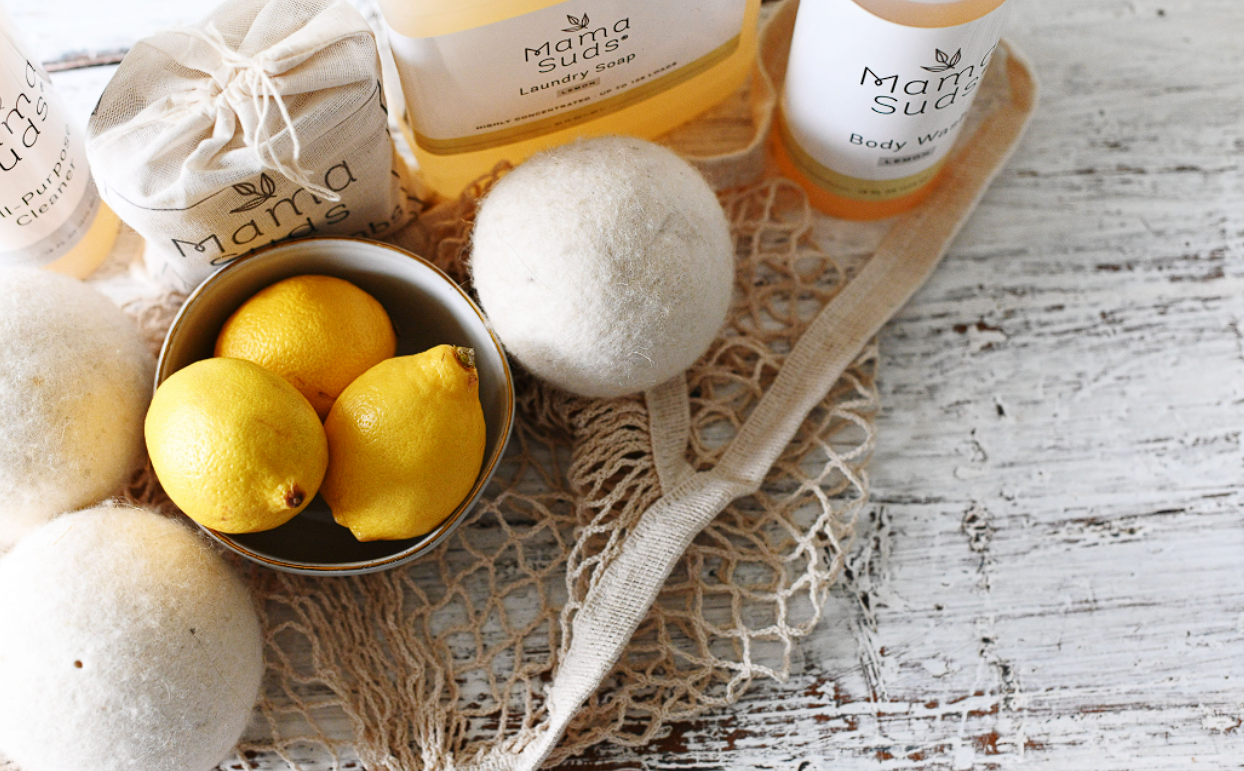
The CleanSuds Blog
Where education and truthful facts are easy to come by.
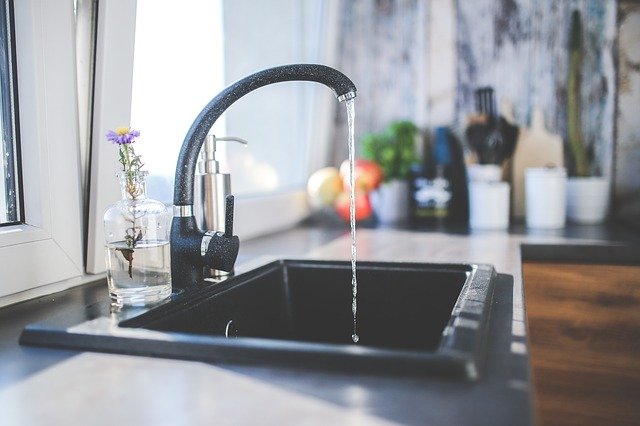
How to Remove Hard Water Stains With Non-Toxic Cleaners
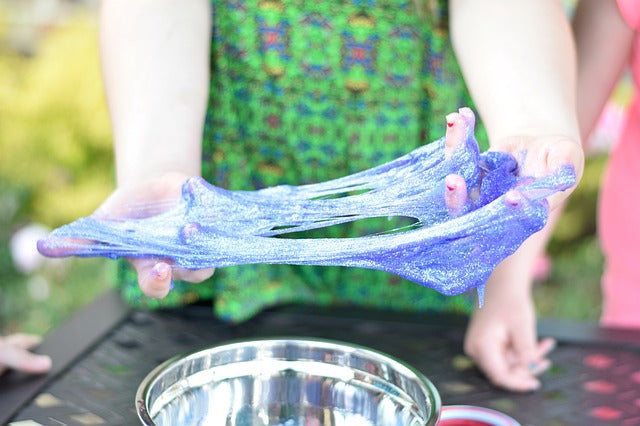
How To Get Slime Out Of Clothes
• For dried slime, mix white vinegar, water, and baking soda to create a paste and cover the dried slime before letting it sit until dry.
• Castile soap can also be used to remove slime from both wet or dried slime on clothes.
• For carpet stains, mixture two parts of vinegar and one part warm water together before spraying onto the stain and using a soft brush to work it loose.
• An alternative is to add one teaspoon of castile soap to one cup of warm water before spraying onto the stain, scrubbing gently with a sponge and repeating as necessary.
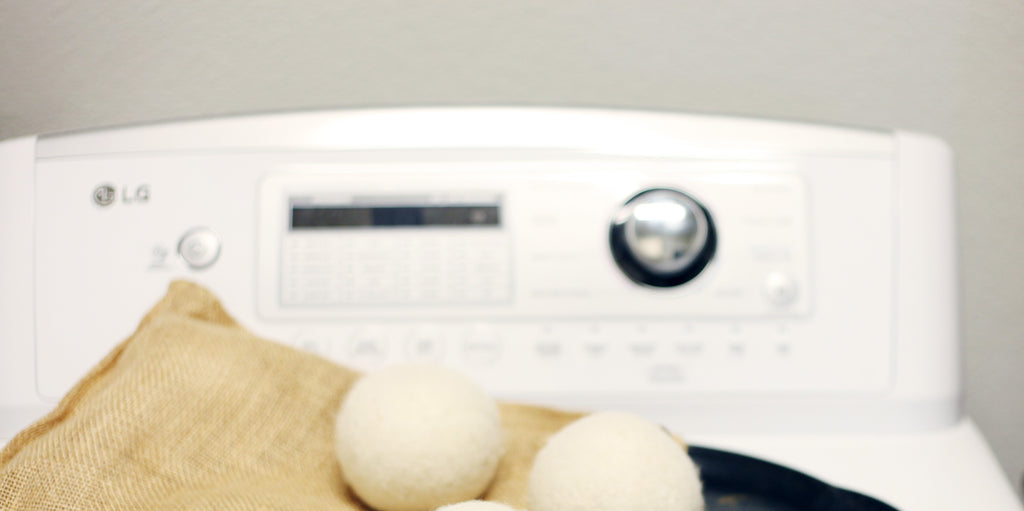
How to Clean a Washing Machine With Vinegar
• Regularly cleaning your washing machine is essential for proper functioning and clean clothes.
• Vinegar is an effective, natural cleaning agent safe for all washers.
• For a top loader, vinegar and baking soda should be used separately to clean the rubber seal and lid.
• After each use, wipe down the washer with a dry towel to reduce mold and mildew build-up.
• Cleaning your washer will extend its life and improve the quality of your clothes.
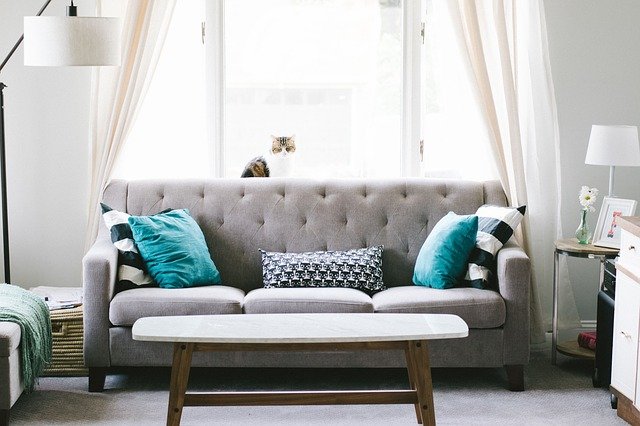
Clean Your Couch With All Natural Ingredients
• Rubbing alcohol can clean microfiber couches, while a vinegar solution is best for leather.
• For velvet couches, vacuum before brushing, and use a baking soda solution with lemon juice to deep clean and eliminate odor.
• Natural products from MamaSuds will keep furniture looking fresh and healthy without the use of chemicals.

Eco Friendly Ways to Keep Pests Out of Your Home
Nobody likes pests in their home! While there are a large number of professional-grade chemicals you can use to deter pests, these are often toxic and harmful to the environment. Thankfully, there are some eco-friendly solutions that can keep pests out of your home.
Use Vinegar
Vinegar is one of the most versatile household products. It’s eco-friendly, cost-effective, widely available, and most people already have some in their pantries. All insects hate vinegar, so it’s one of the best ways to keep them away. Spray a solution of ¼ cup white vinegar and 2 cups of water on your counter-tops, doors and windows to keep ants, spiders, cockroaches, and other insects out of your home. This mixture works to spray away the trail that ants use to travel between locations. Breaking this trail will cause confusion among their group, prompting them to leave your home. If you don’t like the strong smell of vinegar, you can add a few drops of peppermint oil to this solution to mask the scent.
Block Off Entrance Points
The best way to control pests is to prevent them from entering your home in the first place. Seal up all the possible places that bugs and insects could enter your home. Take a walk around your home to identify any gaps, holes, or cracks around windows, door frames, vents, and piping. Fill these gaps with caulk or non-toxic filler. If your window screens are ripped or broken, replacing them will help block out pests. This strategy is also important for preventing rodents from entering your home. Blocking off entrance points is the best option to keep away mice.
Keep Your Home Clean
Dirty, rotten food attracts a large number of pests—from cockroaches and ants to mice and rats. Keeping your home clean is the best way to remove the temptation from these creepy crawly creatures. Make sure you keep your food waste bagged and safely deposited in the trash bin as soon as possible. Wipe away sticky spills and pick up dropped food immediately. Keep all your food stored in sturdy, air-tight containers that can’t be ripped or chewed open by pests. Maintaining a clean home will go a long way towards repelling pests.
Next time you’re dealing with pests in your home, try these three eco-friendly solutions. Keep your home clean, block off possible entry points, and use a solution of vinegar and water to keep them away in a way that’s safe for them and for the environment.
Looking for a great eco friendly solution to clean your home? Try some of our eco friendly house cleaners!
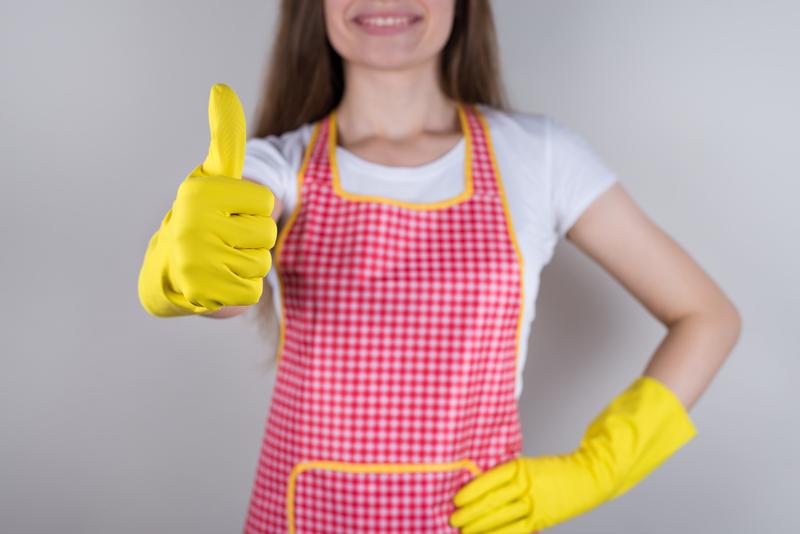
Everyday Household Items That You Can Use to Clean
• Vinegar is an affordable and efficient cleaning product that can kill bacteria and germs and leave behind a clean shine.
• Baking soda can be used to scrub dirty surfaces and neutralize odors.
• Essential oils are effective replacements to harmful chemical cleaners while making housework more pleasant.
• Professional help may be necessary for certain tasks like carpet cleaning, upholstering, or deep spring cleaning.
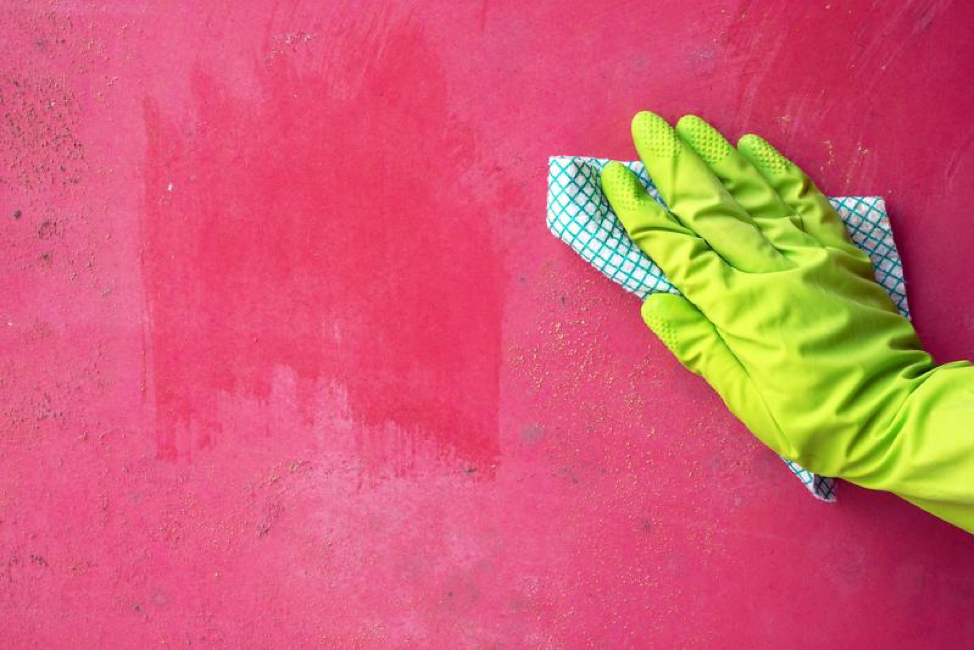
4 Toxin-Free Ways to Clean Up Mold
Within most humid and warm environments, there is the by-product called mold. Whether you live near a forest, by the ocean, or any other moist place, mold will thrive. It can work on decaying certain organic materials and recycle them back into the Earth. Molds can also be used to make enzymes to make certain foods. Molds have the ability to develop penicillin and other antibiotics. However, the last place you want mold would be in your house. How do you remove your home’s mold without introducing other harmful toxins? Here are four ways to do it.
Early Detection
Detecting mold in your home as early as possible is the best strategy, simply because the spores can become airborne and cause the mold to easily spread. Cleaning it off of walls within a few hours of the first appearance of mold is ideal.
Use Vinegar
The best way to utilize vinegar as a mold-fighting agent is to spray it undiluted on the offending area. After leaving the vinegar on the mold for a few hours, you can wipe off the mold. White vinegar is particularly adept at killing mold spores, with some studies reporting a track record of eliminating 82% of them.
Hydrogen Peroxide
If you’re turned off by the smell of vinegar, in many cases, you can utilize hydrogen peroxide to get mold residue off your surfaces. Just spray a 3% hydrogen peroxide solution on the mold and wait for ten minutes. After you scrub it clean, you can remove any residue with a damp cloth to treat any residue. Many individuals have found hydrogen peroxide and vinegar as an effective solution for mold issues. Store it in a bottle in a dark area so light doesn’t break it down.
Stock Up on MamaSuds
There are plenty of all-purpose cleaners on the market today that fight mold, such as Mamasuds. This brand diminishes mold by neutralizing the properties of the fungus and then the cleaner can wipe it away almost immediately.
As you can see, there is no need for you to use harsh chemicals to clean up the mold issues in your home. You can use any of these alternatives and you can also talk to experts to learn of countless more options too. These individuals have spent their whole careers finding new ways to combat the mold problem in many homes, and they would be happy to assist you.
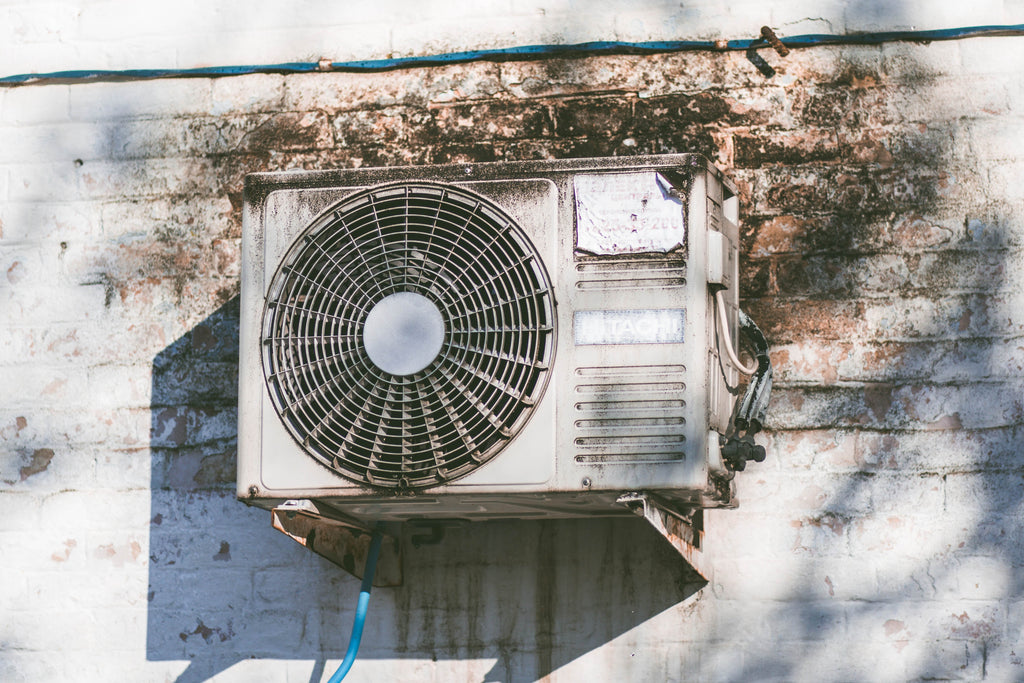
Essential Spring Cleaning Tips for Buy-to-Let Landlords
Even though Spring has been in full swing since March, it is never too late to conduct some pivotal spring cleaning duties. Being proactive when it comes to your maintenance duties will also reduce the number of complaints you receive from the tenants while also providing you with valuable insight as to how your property is being treated while it is still being rented. While there are certain spring cleaning tasks that are designed to keep your property looking great, others will ensure that your tenants’ health is not compromised in any way due to mold growth, carbon dioxide emissions, and a dirty air conditioner among other things. Be sure to include these areas of your home into your annual spring cleaning to benefit both you and your tenants.
Eradicate moisture
One of the most important spring cleaning tasks you can undertake as a landlord is to eradicate moisture from the home. During the winter months, it is common for mold to build up due to the interior humidity. Apart from being unsightly, this mold can also cause a variety of health conditions ranging from mild to severe. People who are sensitive to mold may experience symptoms ranging from skin irritations and itchy eyes to coughing and a running nose. If someone is allergic to mold, however, they can face far more serious reactions that include asthma attacks and potentially life-threatening lung infections.
Natural is best
Investing in a humidifier for your property is a good way to get rid extra moisture before it can cause mild. Once the mold appears it needs to be removed as soon as possible. While this can be done by using chemicals such as ammonia and hydrogen peroxide, natural products are always best as they will have less of an impact on the environment. Vinegar does a great job at killing mold as does a solution made with tea tree oil and water. Alternatively, seek out eco-friendly mold removers from reputable manufacturers such as the concentrated all-purpose cleaner from Mama Suds to remove all signs of mold and mildew in the home.
Check your carbon dioxide and smoke detectors
While your tenants can report any problems with the smoke and carbon dioxide detectors in the home as they notice them, it is up to you as the landlord to check up on the devices at least twice a year. Detectors that are in good working order can not only prevent your property from burning down but also save the lives off your tenants. Not only will you end up saving money by avoiding costly repairs, but potential lawsuits as well that may stem from non-functioning detectors.
Don’t neglect your aircon
If your property has an air conditioning system installed it is imperative to have it checked before summer rolls in. A dirty aircon can be very detrimental to one’s health, especially to people who are already living with respiratory conditions such as asthma and cystic fibrosis. Even tenants with seemingly healthy lungs can develop a range of ailments due to the prolonged inhalation of the toxins trapped within the air conditioning unit. Ensure that the air filter on the unit is changed regularly and have a professional technician carry out routine maintenance once a year during your annual spring clean.
Taking your spring cleaning duties seriously says a lot about what kind of a landlord you are. Even if your tenants are renting to buy your property, you still owe it to them and yourself to keep your house in good condition while it is still legally your responsibility.
Written by freelancer Sally Preston
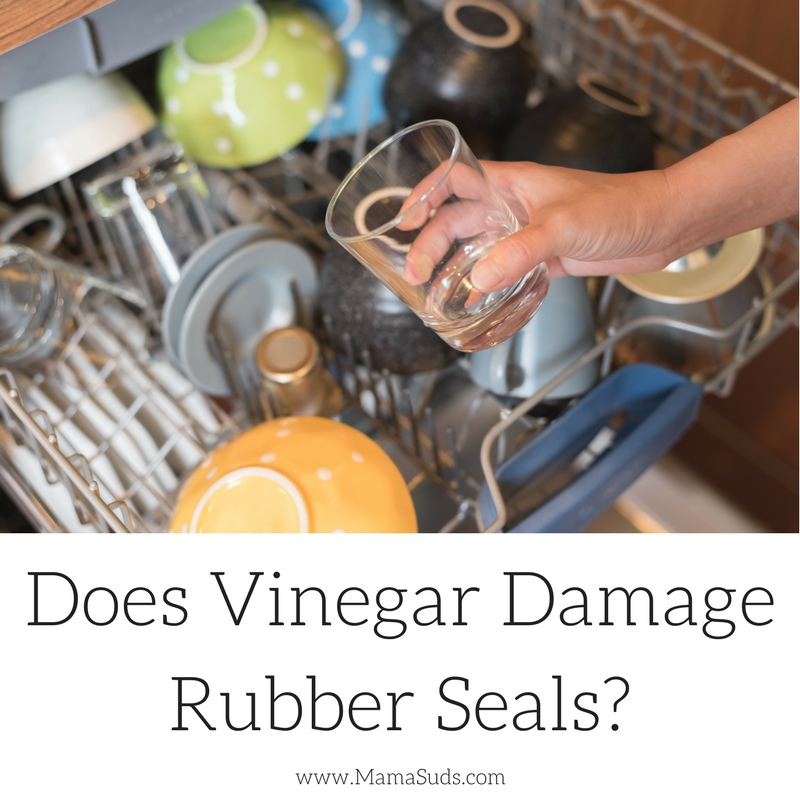
Does Vinegar Damage Rubber Seals?
• The pH of distilled white vinegar measures between 2.4-3.5 and has a lower pH than commercial rinse aids containing citric acid.
• Use a small glass filled with white vinegar on the top rack of your dishwasher to avoid contact with the rubber seals in the rinse aid dispenser when using vinegar in the machine.
• Purchase an all-natural, biodegradable dishwasher powder detergent with a sample pack option or opt for an all-natural laundry detergent soap free from synthetic ingredients, fragrance and dye.


